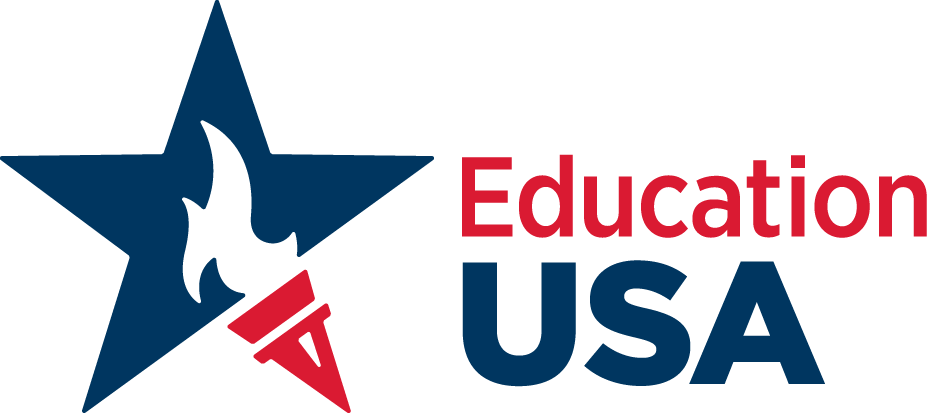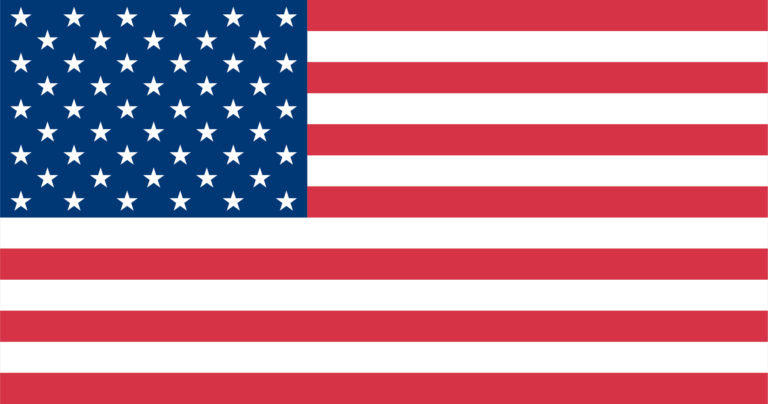About 300 American colleges and universities offer degree programs accredited by the American Assembly of Collegiate Schools of Business, for studies in business administration or management.
Undergraduate Study
Admissions requirements: completion of secondary school education. Degrees: B.A. or B.B.A. after 4 years. The curriculum combines liberal arts subjects and technical business training. Many schools in this category also have graduate programs leading to the Master’s degree (M.S., M.B.A.) or doctorate (Ph.D.), described below.
Graduate Study
Admission requirements: completion of undergraduate study terminating in a B.A., B.S. or equivalent (“licence” ‑ “licentiaat”). Graduate schools are open only to college or university graduates and confer advanced degrees:
The M.B.A. ‑ Master of Business Administration ‑ provides a general approach to the study of management and a useful complement to earlier specialization in other fields. Generally a two‑year program.
The M.S. ‑ The Master’s degree is designed to provide a high level of competence in a specialized field for students holding Bachelor’s degrees in business and related fields. There are several types of Master’s:
– M.S.B. = Master of Science in Business,
– M.S.B.A. = Master of Science in Business Administration,
– M.S.M. = Master of Science in Management,
– M.B.T. = Master of Business Taxation,
– M.I.M = Master of International Management, and the
– M.S.H.S.A = Master of Science in Health Services Administration.
The M.S. requires one to two years of study.
Doctorates such as the Ph. D. (Doctor of Philosophy in Business) or the D.B.A. (Doctor of Business Administration) are intended for persons planning to teach business at the postgraduate university level or to undertake advanced research. It is not necessary to do an M.B.A. before the doctorate. Students may start a doctoral program after university studies (licence/licentiaat). A minimum of three years is required. Joint degrees, combining business with such subjects as journalism, law, international relations, architecture, public health, engineering and social work are sometimes possible, both at the Master’s and doctorate levels, depending upon previous education and mastery of the English language.
The primary degree is the M.B.A., the Master’s degree in Business Administration, which has prestige throughout the business world. Degree requirements and the length of the programs vary depending on the school. A full‑time program generally takes two years, although some can be completed in one year. A number of schools will also allow you to shorten a two‑year program to one year by giving you advanced standing or decreasing your vacation time. Part‑time programs can range from three to seven years, depending on the number of credits taken each semester. Joint programs combining an M.B.A. and a Master’s degree in a specialized field may require three or four years.
The two year program usually has three components: core, concentration, and elective courses. The first year consists of an intensive and integrated core program providing an introduction to fundamental business concepts. It includes courses in accounting, finance, applied economics, organizational behavior and industrial relations, marketing, quantitative analysis, computer science, and business policy. Students who have already studied any of these areas may be exempted from one or more of the required courses by passing proficiency exams, held just before the program begins. Exemption permits the student to substitute an elective course for the requirement, but does not reduce the total number of courses required for the degree. Some business schools grant advanced standing to students who have met some of the MBA requirements on the basis of previous study and high scores on the proficiency exams; this would reduce the time to only one calendar year; but many business schools do not offer summer sessions and in fact expect students to take jobs during the summer to gain practical experience.
In the second year, students select concentrations in the areas of their interests. Concentrations are offered in all core areas and also in other fields such as international business, management, marketing, accounting, statistics, business finance, business law, personnel, labor management, etc. Or, students may design their own concentrations according to their special interests and the courses available.
In selecting an M.B.A. program, prospective applicants may want to compare the teaching methods used by the individual business schools. Some schools favor the case‑study method, studying actual problems encountered by real corporations. Schools which use this method extensively are Harvard, Stanford, Wharton, Dartmouth, Virginia and Michigan. At the other pole is the quantitative and analytical approach, concentrating more on theory than on practice. Business schools with a heavy theoretical emphasis are Chicago, M.I.T., Carnegie‑Mellon and Indiana. Other business schools compromise in a balance between the two methods.
Please note that the M.B.A. is basically professional training for students who have never studied business administration, so no particular field of undergraduate study is required. In fact, the percentage of students in M.B.A. programs with first university degrees in business or applied economics is very low. Prospective applicants should, however, have had training in calculus (integral and differential), economic principles, and sometimes computer programming. Deficiencies in these areas may be overcome with “crash courses” often offered by business schools the summer before the program starts.
M.B.A. Admissions Factors Include:
(1) application form;
(2) previous study;
(3) essays;
(4) letters of recommendation;
(5) professional experience, and
(6) GMAT and TOEFL scores.
Each of these factors is discussed below.
1. Application Form: The business schools’ application forms are often quite lengthy, and require much thought as well as time to complete. It is important to answer all questions completely. After initial contact with some universities, you may receive a Preliminary Application for admission. If you wish to receive the final application forms in time, you must complete and return the preliminary form as soon as possible. Many business schools allow students to apply online. Applying on-line saves time and money (postage).
2. Previous Study: All business schools require candidates to hold a Bachelor’s degree or its equivalent (“licentiaat” ‑ “licence”). It is not necessary to have studied business to be accepted into an MBA program. Your academic results are also an important element in your application. You will be asked to provide “transcripts”, which are lists of courses taken, year by year, indicating the number of hours each course met, results in each course, and an explanation of the grading system. These documents must be prepared by or certified by your university. Any document not in English must be accompanied by an English translation which you may prepare yourself and have certified at the Commission for Educational Exchange.
3. Essay: Most business schools ask at least one essay question involving self‑evaluation. To give an example, the Stanford Business School asks you to discuss the following points: a situation in which you had significant responsibility and what you learned from it; your strengths and weaknesses in the areas of setting and achieving goals, and in working with other people; your career aspirations and why you have decided to enter an M.B.A. program; and how you might contribute to the learning experience of others in the M.B.A. program. Read the catalogs of each M.B.A. program in order to see what their orientation is and to see what type of students they are looking for. It is essential that you answer these questions with great care and honesty, neither underselling nor overselling your character, abilities, ambitions and experiences. Your application forms can play a substantial part in the Admissions Offices’ decisions, so try to make your essays not only informative but interesting to read. Each application should be typed, unless the form specifically requires it to be handwritten.
4. Letters of recommendation: You will usually be asked to supply the business schools’ Admissions Officers with three references. They may be written by your lecturers, employers, or anyone else who KNOWS YOU WELL and who can comment on your intelligence and character, and on your potential ability to succeed in business school and in the business world. References must be sent directly by the persons recommending you, to arrive at the Admissions Offices before the application deadline.
5. Work Experience: MOST BUSINESS SCHOOLS GIVE PREFERENCE, OTHER ITEMS BEING EQUAL, TO APPLICANTS WITH AT LEAST TWO YEARS OF FULL-TIME BUSINESS OR ADMINISTRATIVE EXPERIENCE. Students with experience in the business world are not only likely to gain more from the M.B.A. curriculum than are inexperienced participants, but are also able to contribute more to class discussions and projects. They are also likely to be more attractive to potential employers than are M.B.A. graduates with no firsthand experience of business. Business schools that are theoretical in orientation accept more readily students straight from university.
6. Test Scores: All American business schools (except Harvard) require students to take the Graduate Management Admission Test (GMAT) a 3½ hour computer adaptive test (CAT) measuring verbal, quantitative and analytical ability. The GMAT measures abilities that are associated with success at graduate schools of management and attempts to measure how quickly and accurately you understand and retain given material and solve problems therefrom. Questions are verbal, analytical and mathematical in nature. No knowledge of business is required. Scores range from 0 to 60 for each section (verbal and quantitative) and there is an overall scaled score for the entire test which ranges from 200 to 800.
The GMAT can be taken in December and April in Brussels and in other countries around the world. It should be taken no later than December if applying for September admission. Complete information on the GMAT, as well as registration forms and books to help prepare for the test, are available in the Advising Center of the Commission.
The GMAT may be taken several times, if desired, but since it measures aptitude, scores are not likely to change much by retaking it. Business schools also have different policies in evaluating candidates with several GMAT scores: some may look at the most recent scores, or the best scores, or average them.
It is very important to remember that the results of the GMAT are only one element in your application. Admission officers will be more interested in your academic results and work experience than in the results of this standardized test. In addition, admissions officers realize that foreign students generally have lower verbal scores than American students and consider this normal. On the other hand, foreign students usually score as well as Americans in the mathematical sections.
Foreign candidates are required to have a thorough knowledge of English and must pass an English examination, generally the Test of English as a Foreign Language (TOEFL). Each university indicates in their catalog which exam and what scores they require. The minimum acceptable TOEFL score on the paper-based test for graduate study is usually 550 out of 700. (For the computer-based test, scores range from 0 to 300). Highly competitive business schools may even require 600. Registration forms are available in the Commission’s Advising Center. Books to prepare for these tests may be consulted in the Advising Center or borrowed with a deposit of € 25. It is also possible to buy the books at the Waterstone’s bookstore: 71/75 Boulevard Adolphe Maxlaan, B-1000 Brussels. Tel.: 219.27.08.A list of institutions preparing for these tests may also be obtained at the Commission.
When to Apply: It is very important to apply early. Some universities have only one deadline date, others have several different deadlines. Others still, might have “rolling admissions”, in which case applications are considered as they arrive. No application will be considered until it is complete, i.e., all the required documents have been received: application forms, application fee, academic results and diplomas with translations, letters of recommendation and test scores (GMAT and TOEFL). Since the best business schools receive thousands of applications each year, you should apply as early as possible and long before the official application deadline.
Financing: Most business students rely on a combination of loans, savings, and partial scholarships to finance their studies. Business schools rarely, if ever, award scholarships covering more than tuition, or even half‑tuition, and assistantships are rare at the M.B.A. level: the program is intensive and students are expected to devote their full time to their studies. Students applying directly to business school for financial aid are often required to submit a GAPSFAS (Graduate & Professional Schools Financial Aid Service) form, which can be obtained from GAPSFAS, Box 2614, Princeton, NJ O8541.
A limited number of highly competitive partial scholarships are offered through the Commission for Educational Exchange to citizens of Belgium and Luxembourg. A list of these awards may be obtained from the Commission’s Advising Center.
Below you will find suggestions on getting into business school and on filling out business school application forms. (From The Insider’s Guide to the Top Ten Business Schools, 2nd. rev. ed., 1985.)
Tips on getting into business school
1. Make sure that business school is right for you.
2. Get as much information as possible on the schools to which you are applying.
3. Build up your university grade point average (academic results).
4. Prepare and register for the GMAT and TOEFL tests.
5. Get a solid grounding in math, economics, and English.
6. Pursue leadership roles in university and community activities.
7. Apply early.
8. Use any connections you have.
9. Work for two to four years before you apply.
10. Make the most of whatever opportunity you have in college or on a summer or regular job.
Tips on how to complete the application
1. Market yourself as a valuable addition to any MBA program.
2. Be aggressive, both in style and content
3. Identify what you have done that is unusual, unique, or outstanding.
4. Be justifiably proud of your accomplishments.
5. Communicate that you are right for the school and the school is right for you.
6. Keep essays short, interesting, and to the point.
7. Make the application look professional: typed, neat and error free.
8. Use professional references/recommendations.
9. Take your time and take it seriously.
10. Be honest and candid.


